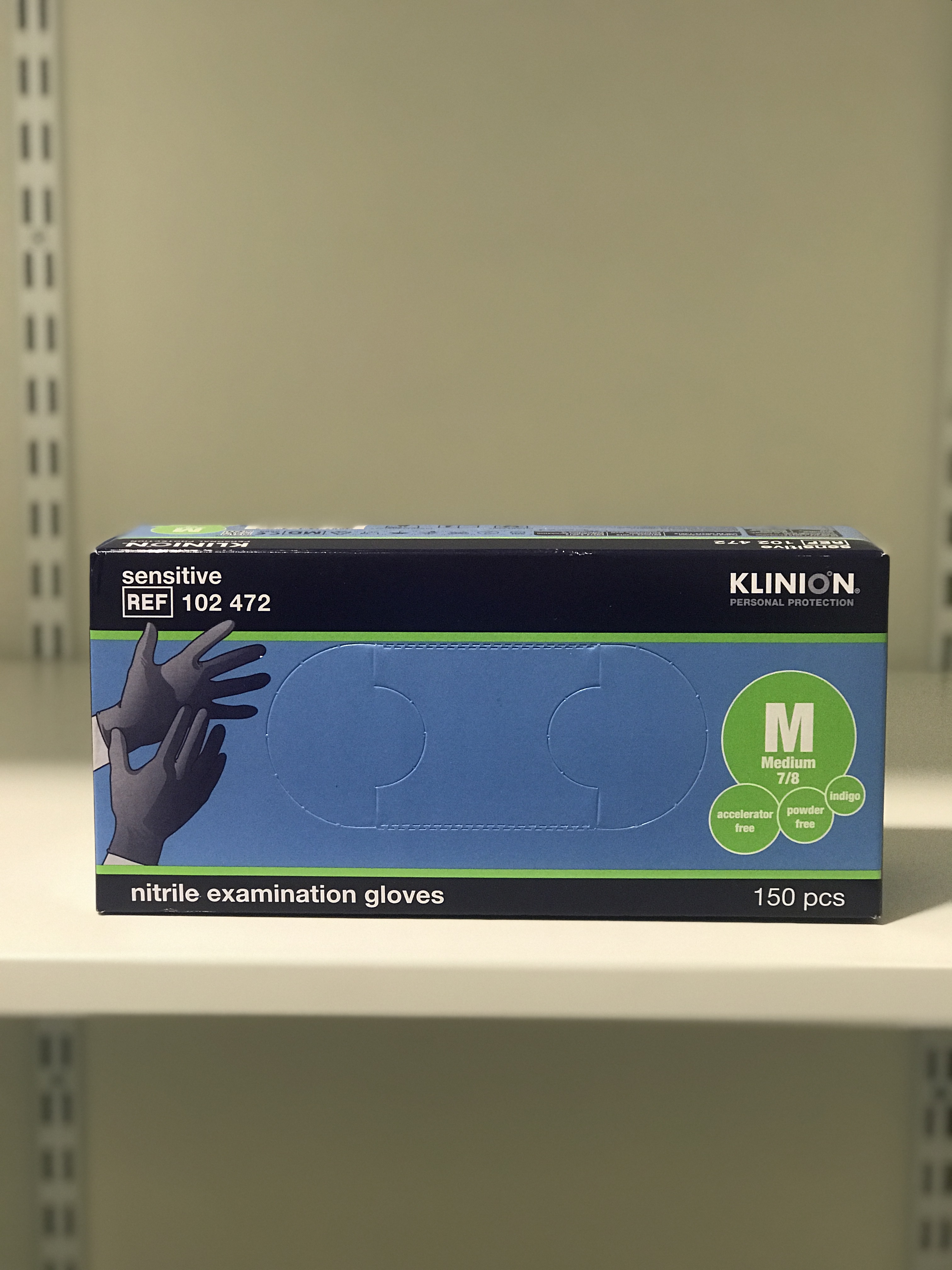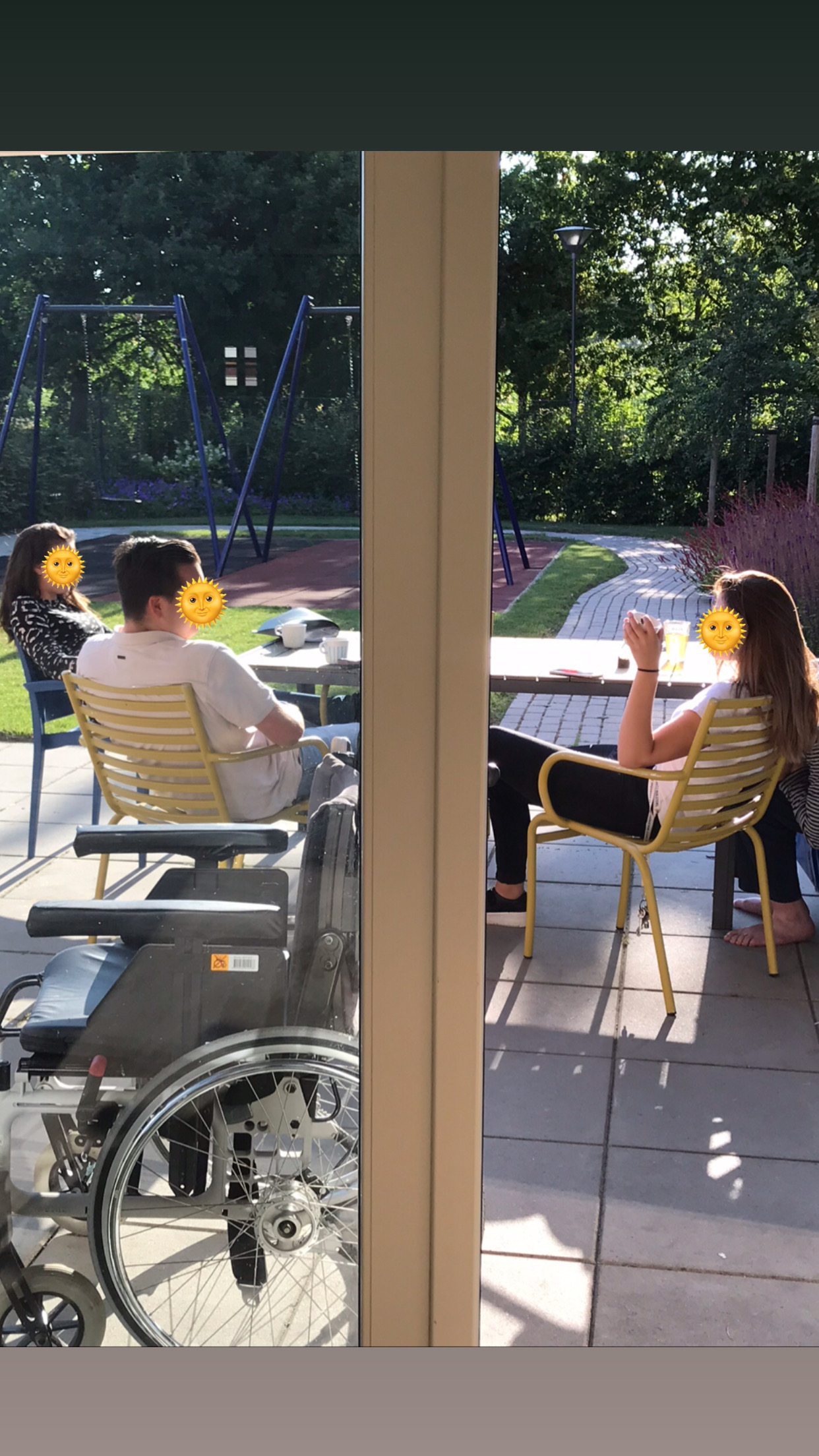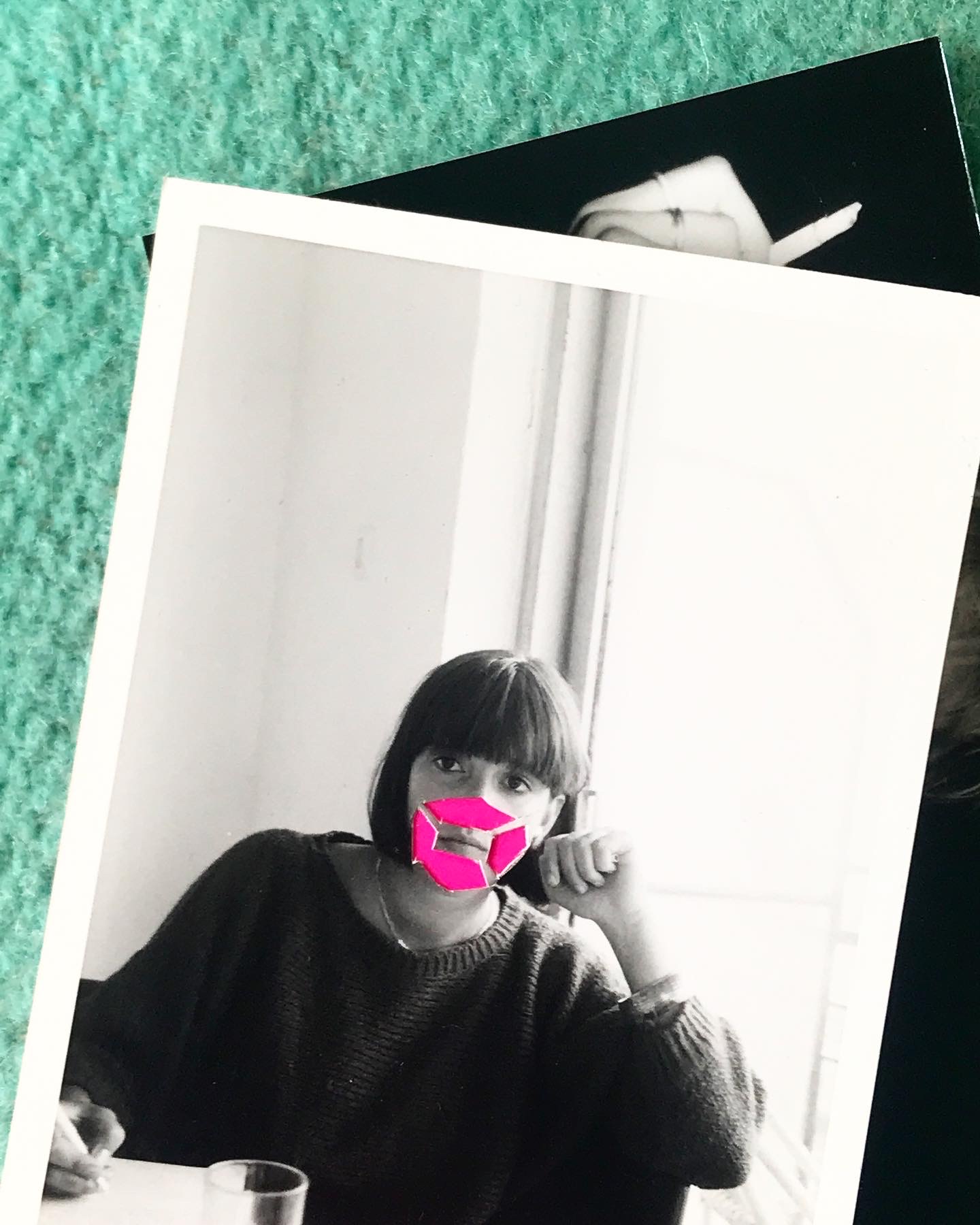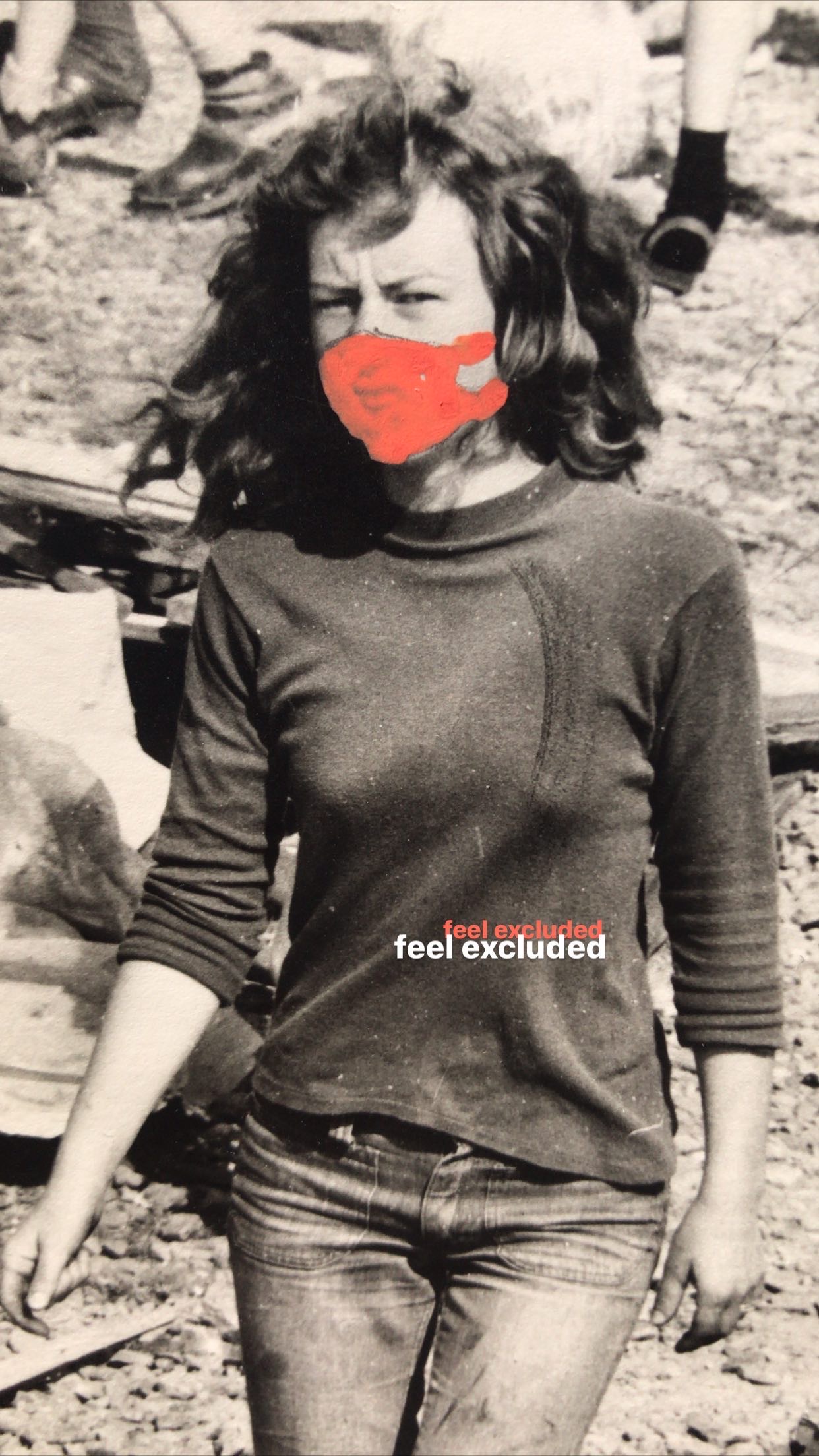(Joos), 23 years old.
I am now at the end of my second year of autonomous visual arts: photography.
Since March, starting lockdown, I have officially become a resident of the city where I study, Rotterdam. I live in Rotterdam-West together with two roommates Stein and Moritz.
Well what can I tell you about these 'lockdown' times, for me it's a pretty tough period for my studies. Especially it is a challenge for me to follow everything online. That has to do with the fact that I was born deaf. I pick up sound and language with a cochelair implant. The sound comes in but is very distorted and it often gets stuck. I have to use my creativity in a different way. In my previous practice (autonomous, hacking) I found a way to be able to work individually.
That went well beyond expectations. The teachers were open to new ideas and gave good feedback...
My topic was very appropriate because it is my own experience and is therefore close to me. I thought it was great that I could do something with it.
What I did was to allow the other person to experience how the communication enters me in an auditive way by distorting a visual text. There is so much noise and therefore miscommunication. As of 1 June, mouth caps are mandatory on the train, which is very difficult for people who are deaf or hard of hearing. We miss the mouth image and facial expressions which are necessary for us to understand someone. During this practice I want to do something with that.
In addition to my studies, I work on average two days a week in care as a mentor/carer, for people with a mental disabilities and difficult behaviour.


my clients
hand gloves to care for them
previous practice
2
1
THE ACT OF READING
SCRIBBLES ON THE WALL
3
As a volunteer I am involved in youth hospice Xenia in Leiden.
Since the Corona crisis I don't come there anymore because I work in health care I'm not allowed to work at two different institutions. I do miss Xenia because I know a lot of people there and the atmosphere is pleasant.
I asked Jacqueline, director of Xenia, how things have been going at Xenia and with the guests since the lockdown.
Her reaction:
TUNING IN
Nice Jocelyn that you ask about us. Things are going reasonably well at Xenia although we had to take a lot of Corona measures.
For our five guests who are in the hospice it had the most impact.
There is a strict visiting arrangement and they couldn't go out themselves. This has been going on since the beginning of March and that is really a very long period of time. The commitment of the care was only done by the necessary nurses, otherwise as few volunteers as possible in the house. The care volunteers and the cooking volunteers were still deployed. So every day it is very quiet in the house. The volunteers take care of the hustle and bustle in the house. They bring in the outside world. Out and about with a guest, into the city, it's all no longer possible.
Luckily we will admit more volunteers from the 1st of June and slowly the house will come back the way we want it. There may be more visitors.
Since the Corona crisis it is often nice weather and that is a lucky thing. The garden at Xenia is well used, it is also such a beautiful place in the city center.
We hope to see you again soon at Xenia!
4
BRIDGING THE DISTANCE
Water jug face mask
In Indonesia, a traffic control volunteer got creative with a large water jug, turning it into a mask he could wear while on the job.
A Palestinian mother used cabbage to create face masks for her children.
Created by Anissa Mekrabech in France, the mask is transparent, allowing hearing-impaired people to read the wearer's lips. A crowdfunding campaign was launched under the slogan, "Your lips are my ears."
5
GOING PUBLIC OR GOING UNDERGROUND?
PROS
-in search of new forms of art, your creativity is put to the test
-smaller audience, different contact, in-depth
-more online audience
CONS
-misses academy, inspiration other students/artists, way of communicating online is distant
-no interaction with audience, cannot see/hear reaction
HI, MY NAME IS JOCELYN
Director of the Kunsthal NATHANJA VAN DIJK (36): Three months ago I always raced through the supermarket when I was late from work. I put blinders on, threw groceries in my basket and went to the self-service checkout as quickly as possible. The one and a half meter measure forced me to become more aware of how I move through space. I now try to avoid everyone as much as possible. That's not nice. It also seemed to become an obstacle for my fellow man, until I started looking at it in a different way. Whereas at first I had an eye for other people who were also looking for dinner together, now I became more aware of them and started to take them more into account. Does this guy want to go past me to the sandwich? Does that lady need more time to look in the freezer? I developed a kind of choreography to relate to my fellow shopkeepers. If somebody was standing by the shelf where I wanted to grab something, I'd swing by it. I interacted with others much more attentively as I danced around them. I expect the museums to open the day after tomorrow, on June I, finally. In the Kunsthal we made all kinds of adjustments to be able to allow the other half-metre distance. It has made me think about how you interact with other visitors, and I think I can do that in the same way as in the supermarket. Don't annoy those who want to look at the same work of art, but prefer to see them as fellow dancers in your choreography. Swing a little to the left, or make a plié as a thank you when they step aside. If you pay attention to each other, you pay more attention to your surroundings. You will look better, and therefore enjoy the art more.
text PIETA VERHOEVEN (translated)


my colleagues
PUBLISH & CIRCULATE
6
I selected this article because the subject appeals to me. With the design or the form of art you can imagine the new situation.
55% of communication is visual. Traditional masks block faces and prevent our ability to see facial expressions and emotions, catch visual cues, and communicate.
Miscommunication is a leading cause of medical errors and can be prevented. When traditional masks are worn, miscommunication may increase with people who heavily rely on visual communication, such as deaf and hard of hearing individuals, children, and older adults. For many, missing critical visual cues can be the difference between complete understanding and a preventable ER visit.
The ability to see a smile can really help. Facial expressions are important for perceived empathy and building rapport, which can reduce confusion and improve relationships. The transparency and comfort from the ClearMask™ provides natural, empathetic communication and eliminates barriers caused by traditional masks.


Mouth caps, I've been thinking deeply about how I can bring this subject to the attention of people to realize what it means for a deaf / hard of hearing person like me... First I started looking for relevant articles and I shared these through social media and in my network. My goal is to let people experience and know that it is extra difficult for people with impaired hearing. We are actually a forgotten target group which can be understood somewhere because the focus is on not getting infected.
For me it works in such a way that by making something visual I can express my feelings and ideas about it. That's what I like about art as it says in excercise 2 "The world is undergoing a great transition; design may contribute to foster- ing a culture of cosmopolitan localism that effectively links the local and the global through resilient infrastructures that bring production and consump- tion closer together, building on distributed systems". With art I can show my feelings and experiences better than I have to tell or write in words.
I've depicted this through collages with mouthpieces, it's made to illustrate what it means to me. And I also made it to draw attention to it. The communication with other people more or less stops with me by applying the protection by means of facial coverings with mouth caps.

read my lips

I grouped with Maya for the resit period. After all these months of isolation it was refreshing to work together again.
Since the lockdown was basically over for her, while I was already back in Armenia in a full quarantine, we couldn’t relate the COVID isolation of April anymore. First, we had the idea of doing a projection mapping and sharing thoughts of people on buildings, so basically having the contrast of small bits of personal thoughts on big, uncomfortable spaces. This took us to a conversation about our current situations, and we realized that, in a way, we have similarities in our background: some current political heat, the socialist past, a lot of abandoned spaces.
We thought it’s more relevant and more open (educational, why not) to combine our current situations, common historical past and connect our project to it.
Also, we noticed how the quarantine detached people from the world, as everyone was literally interacting with their own close, small environment (room, laptop screen), so we wanted to create a space where people could just share simple images from their lives and see, learn what life is like in other parts of the world.
We thought of making collages with all these scenes/buildings and distribute it as posters around with short texts about human survival/class struggle/social conditions, however, not in a very sophisticated way.
For collecting images and sharing with people, we thought opening an Instagram and taking people’s submissions of places they live in, or just images from their city that mean something to them. This could be an Instagram page for instance. That would also allow to create a network and share personal images of scenery, to make these collective images (collages) and talk about really simple, human actions and encourage humans to share their visual environments with each other and think about questions, especially after/during a pandemic that has made us question a lot.
Our audience is every citizen, every person who evern walks around or just wonders how people further than they are living.